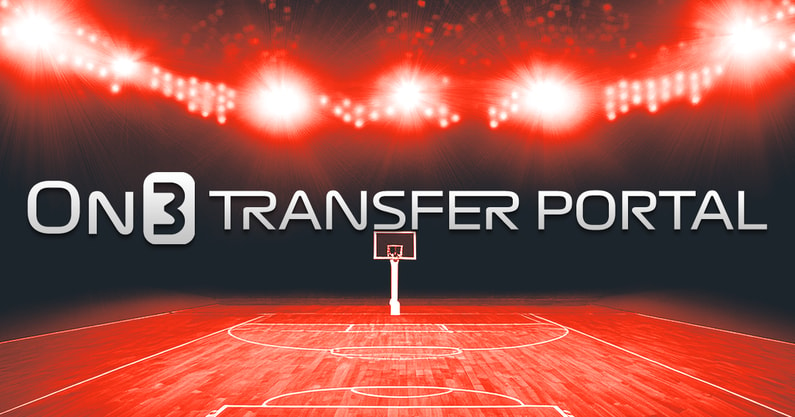College Basketball Transfer Portal: Dates to know

The college basketball transfer portal is starting to mirror the NBA’s free agency. Last spring alone, 1,962 Division I players tested the portal waters.
Here’s everything you need to know for the 2024-25 college basketball transfer portal:
When does transfer portal open?
The NCAA Division I Council proposed changing the transfer portal windows in football and basketball from 45 to 30 days last June and voted to make the move in early October.
The college basketball transfer portal is now scheduled for 30 during the spring of the 2024-25 academic year. The portal will open after the second round of the NCAA Tournament and conclude before the end of April. Athletes would still be given a 30-day window to transfer after a head coach’s departure.
According to the NCAA, the portal opens for business on Monday, March 24, and closes on Tuesday, April 22, 2025. The national championship game will be played on April 7 at the Alamodome in San Antonio.
According to college basketball analytics expert Evan Miyakawa, for the first time in history, more than half of the points scored in Division I men’s college basketball will be scored by players recruited through the transfer portal, not from high school in 2024-25.
In data gathered over the first two years with transfer windows, the NCAA found most athletes enter the portal within the first four weeks of the portal opening. The study showed that 73% of men’s and women’s basketball undergraduate athletes entered during the first four weeks. That increased to 82% for men and 86% for women in 2024.
What players can enter transfer portal?
The NCAA pivoted on its transfer portal policy in December when it agreed to terms on a preliminary injunction in the Northern District of West Virginia District Court.
The D-I Council adopted emergency legislation for a new transfer rule this spring. All undergraduate athletes can now transfer and play immediately as long as they meet specific academic requirements. Previously, if an underclassman wished to transfer a second time, the athlete needed the NCAA to grant a waiver to compete immediately. Absent an approved waiver, the athlete had to sit out a year.
Top 10
- 1New
Fran Brown airs it out
'I’m not giving no WR $2 million'
- 2
Oregon suing
Ohio State RB coach
- 3Hot
UCLA QB gauging options
After Nico Iamaleava news
- 4
Paul Finebaum
Calls out Iamaleava family
- 5Trending
Urban Meyer
'Tennessee is screwed'
Get the On3 Top 10 to your inbox every morning
By clicking "Subscribe to Newsletter", I agree to On3's Privacy Notice, Terms, and use of my personal information described therein.
There is no limit on the number of times an athlete can enter the transfer portal. The NCAA sent out memos to institutions twice during 2023-24 stating that multi-time transfers could play immediately in 2024-25 without securing a waiver. Athletes cannot transfer mid-year and play for a new school in the same athletic season.
Changes have been made to grad transfer requirements, too. Athletes can enter the portal at any time during the academic year but must enter before the close of their respective sports’ final transfer windows.
What is transfer portal’s impact on college basketball?
While college football’s portal has become free agency, so has college basketball. And NIL dollars are being spent heavily. In the 2023-24 portal cycle, two players reportedly land $2 million deals with NIL collectives.
Before the college basketball transfer portal opened this past spring, assistants were sending warnings to On3 about how silly the 45 days could be. The most valuable position in the basketball transfer portal – where most NIL dollars are used – are power forwards and centers. For high-end talent at those positions, $1 million deals are commonplace.
Even top guards are making roughly half a million a year. Sources told On3 a conference player of the year transfer is earning $500,000. Another guard is set to make $450,000.
“Supply and demand and the impact one player can have in their sport versus football,” an NIL collective executive previously told On3. “The price per player on average is close to double the football average.”